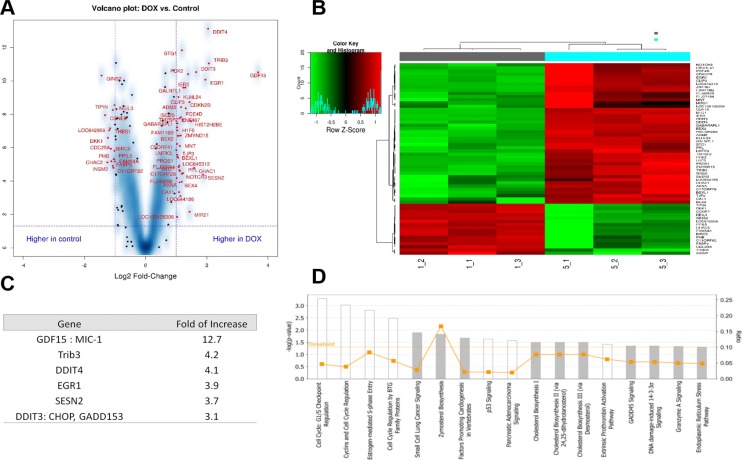Figure 3. TUSC2 inhibits mTOR function through multiple proteins in non-small cell lung cancer cell lines.
The Illumina array human HT-12V4 expression bead chip platform was used across the Tet-inducible TUSC2 H1299 clone treated with doxycycline (DOX) or control. Each experiment was done in triplicates. One-way ANOVA was used to identify the differentially expressed genes. Tukey honest significant difference tests were used for the post hoc pairwise comparisons. (A) Volcano plot: genes marked in red with false discovery rate of 0.002 and fold changes ≥2 or ≤–2 were selected. (B) Heatmap: genes with false discovery rate of 0.002 and fold changes ≥2 or ≤–2 were considered significant genes. Control: gray; DOX: blue. (C) List of top genes significantly upregulated after treatment with DOX. (D) Ingenuity pathway analysis based on statistical significance and strength of association with extracts revealed the highest positive z-score for cell cycle arrest response, which is a downstream response to mTOR inhibition.

